There can be your advertisement
300x150
Designing Tools and Equipment for the Workplace
When creating tools and equipment for the workplace, it is essential to carefully consider functionality and user safety. Whether it's office furniture, industrial equipment, or technology, thoughtful design can enhance productivity, reduce the risk of injury, and improve overall efficiency. In this blog, we will explore key aspects of designing tools and equipment for the workplace.
1. Ergonomics and Comfort
One of the most important aspects of workplace design is ergonomics. Tools and equipment should be designed with user needs in mind, ensuring a comfortable and efficient workflow. Ergonomic solutions help prevent strain, repetitive injuries, and discomfort. For example, office chairs should offer adjustable backs and armrests to accommodate different body types, while keyboard and mouse designs should allow users to maintain a neutral wrist position.
In industrial settings, tools must be designed with natural worker movements in mind. Handles, grips, and control elements should be comfortable for extended use without causing fatigue. Providing adjustable workstations and tools can also prevent overexertion and help employees maintain good posture throughout their shift.
Lift steps are an excellent example of workplace equipment designed with functionality and safety in mind, allowing employees to easily reach high shelves or machines while providing stability and reducing the risk of injury.

2. Safety
Workplace tools and equipment must meet safety standards to protect employees from potential hazards. This includes designing machines with protective features such as emergency switches, anti-slip surfaces, and clear warning signs. In high-risk environments like factories or construction sites, personal protective equipment (PPE) should also be integrated into the design for easy access to necessary gear.
Additionally, safety considerations must include training and usage instructions. Even tools or equipment designed with top-tier safety features can lead to accidents if not used properly. User manuals and safety training programs are critical components of a comprehensive workplace safety plan.
3. Functionality and Efficiency
Tools and equipment for the workplace should be designed with functionality and efficiency in mind. They should support employees in performing tasks quickly and effectively, with minimal downtime or frustration. This may include intuitive controls, organized tool storage, and ease of use.
In an office environment, multifunctional equipment such as all-in-one printers or adjustable standing desks can save space and boost productivity. Tools that allow precise parameter adjustments or quick task switching in production or industrial settings help maintain efficiency. It is also important to consider how equipment is stored and maintained, ensuring easy access and minimizing unnecessary interruptions.
4. Durability and Quality
Durability of workplace tools and equipment is another important factor. During the design and manufacturing process, high-quality materials should be used to ensure longevity and resistance to wear. Equipment that must withstand heavy use, harsh conditions, or extreme temperatures should be built with these factors in mind to prevent breakdowns that disrupt workflows.
Furthermore, equipment durability affects overall economic efficiency. Investing in well-designed, long-lasting tools may have a higher upfront cost but can save money over time by reducing the need for replacements and repairs.
5. Aesthetics and Efficient Space Use
While functionality is the main goal of workplace tools and equipment, aesthetics and efficient space use should not be overlooked. A clean, well-organized, and visually appealing workspace can boost employee morale and stimulate productivity. For example, modern office designs often include minimalist furniture and compact tools that create a pleasant environment without feeling overcrowded.
In industrial environments, designing equipment that takes up less space while maintaining functionality can maximize available area. Compact and modular designs can significantly impact crowded work zones, improving both accessibility and workflow efficiency.
Conclusion
Designing tools and equipment for the workplace requires a careful approach and attention to detail. From ergonomic considerations to safety, functionality, durability, and aesthetics—each aspect plays a role in creating an environment that supports productivity and well-being. Prioritizing these design factors allows companies to create safer, more efficient, and comfortable workplaces for their employees.
More articles:
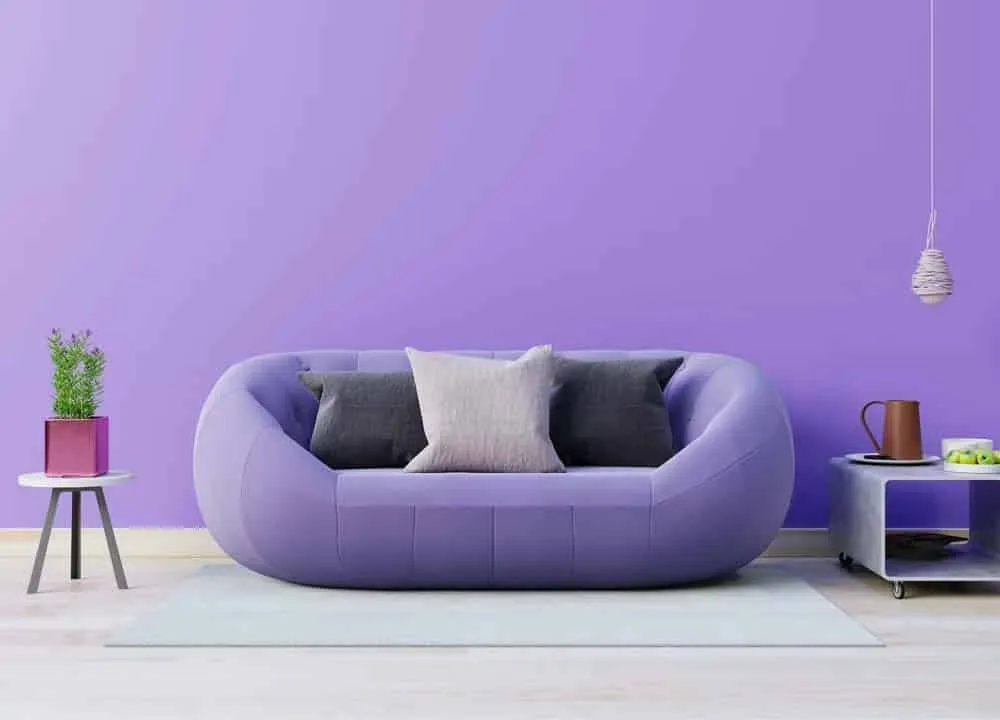 Color of the Year 2023 for Interior Design
Color of the Year 2023 for Interior Design Features of Romantic Interior Design
Features of Romantic Interior Design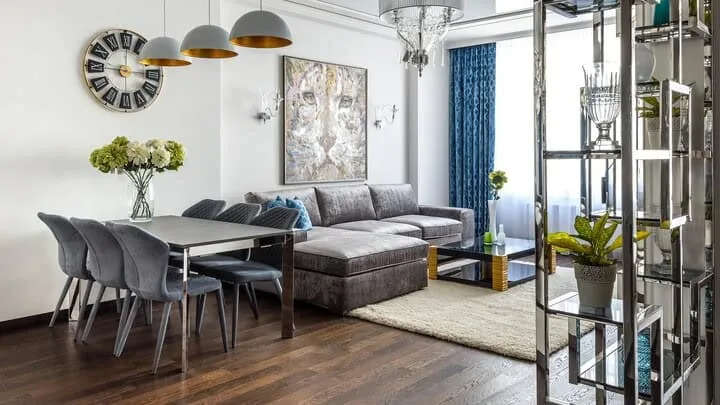 Decor Ideas and Inspiring Rooms for Relaxation
Decor Ideas and Inspiring Rooms for Relaxation Autumn Decor Ideas That Will Add Cozy Vibes to Your Home
Autumn Decor Ideas That Will Add Cozy Vibes to Your Home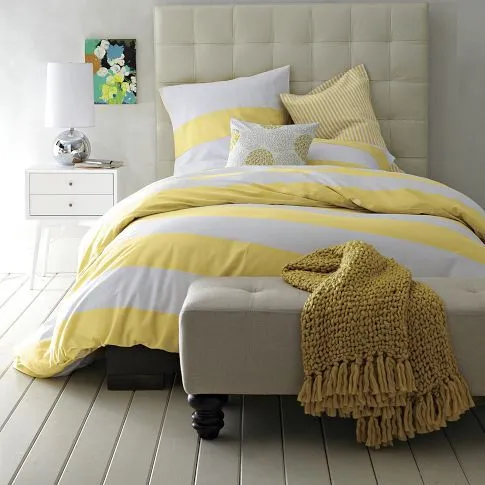 Summer Decor Ideas That Will Give Your Bedroom a Summer Vibe
Summer Decor Ideas That Will Give Your Bedroom a Summer Vibe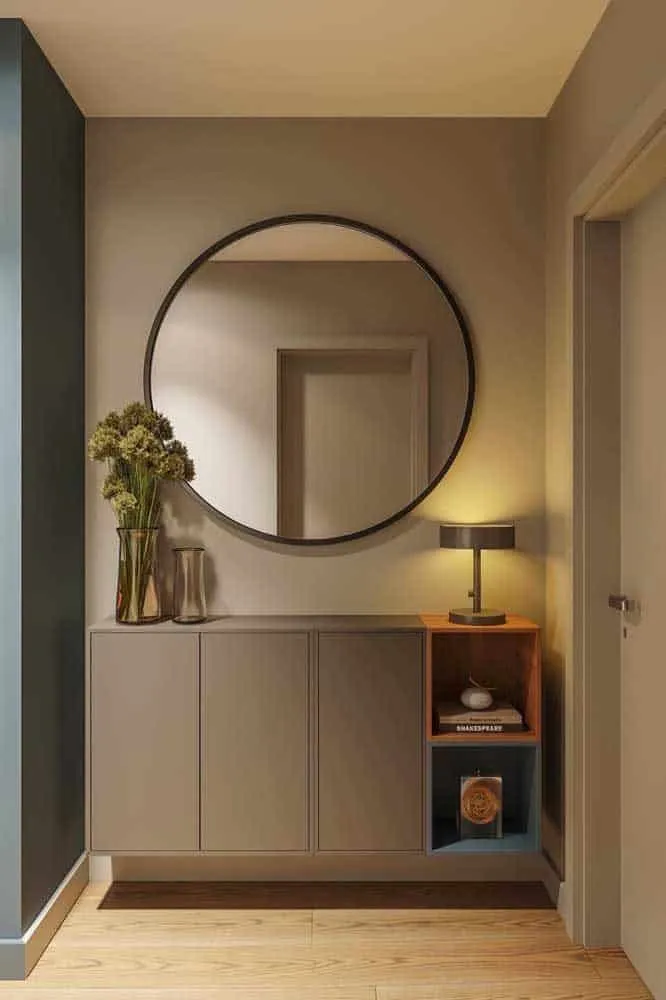 Ideas for Decorating the Entrance to an Apartment
Ideas for Decorating the Entrance to an Apartment Emerald Green Decor Ideas
Emerald Green Decor Ideas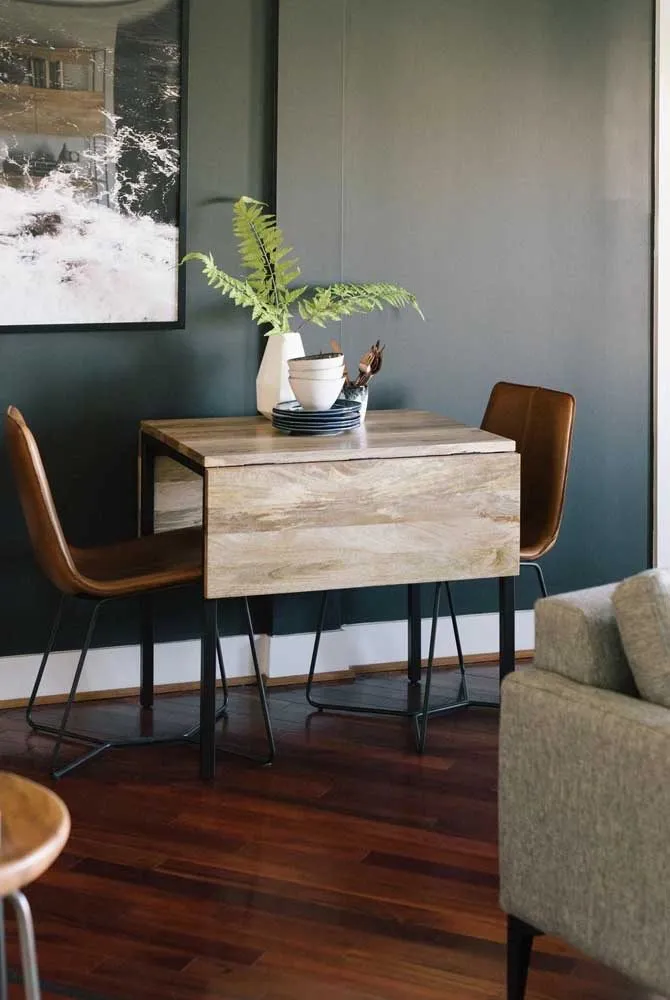 Table Decoration Ideas for Small Apartments
Table Decoration Ideas for Small Apartments